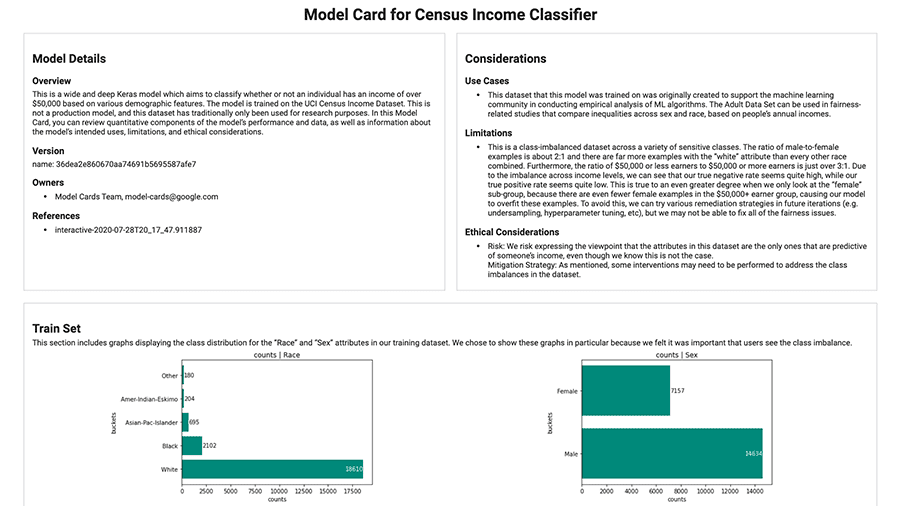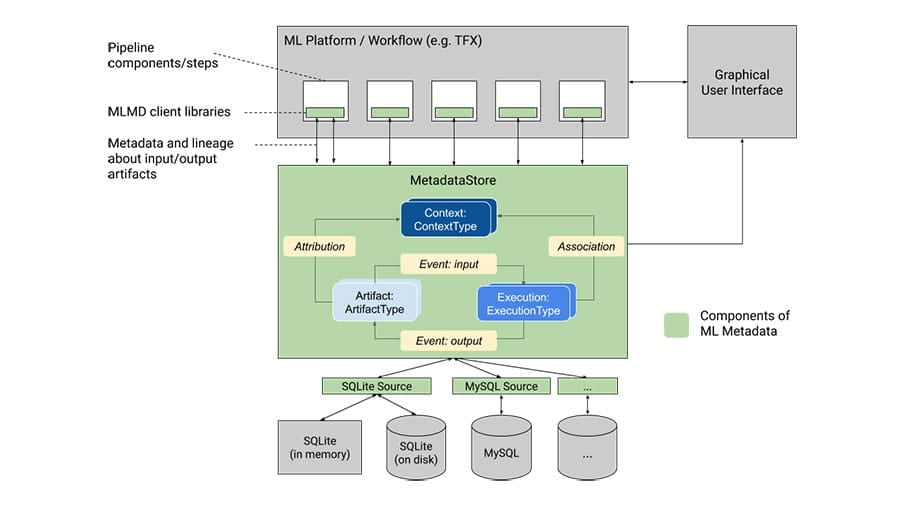了解如何利用 TensorFlow 在机器学习工作流程中落实 Responsible AI 做法
TensorFlow 致力于通过与机器学习社区分享丰富的资源和工具,帮助加快推进以负责任的方式开发 AI 的进程。

什么是 Responsible AI?
AI 的发展为解决具有挑战性的现实问题创造了新的机会。同时也提出了新的问题,那就是如何以最佳的方式构建人人受益的 AI 系统。

推荐的 AI 最佳做法
设计 AI 系统时应遵循软件开发最佳做法,同时要采用以人为中心的
机器学习方法

公平性
随着 AI 对各行各业和社会发展的影响力不断增强,努力构建对每个人都公平且包容的系统变得至关重要

可解释性
了解和信任 AI 系统对于确保它们按预期工作非常重要

隐私设置
基于敏感数据训练模型需要隐私保护措施

安全性
识别潜在的威胁可以帮助保障 AI 系统的安全
在机器学习工作流程中落实 Responsible AI
Responsible AI 做法可以落实到机器学习工作流程的每一步中。以下是要在每个阶段考虑的几个关键问题。
我的机器学习系统的用户群体是谁?
实际用户体验系统的方式 对评估其预测、建议和决策的真实影响至关重要。确保 在开发过程的早期阶段 收集不同用户群体的反馈。
我使用的是有代表性的数据集吗?
抽样的数据能否代表用户
(例如,模型将用于所有年龄层的用户,但您只有来自老年人的训练数据)?
并且能否代表实际情形(例如,模型将在全年使用,
但您只有夏季的训练数据)?
我的数据中是否存在现实/人为偏差?
数据中的潜在偏差会导致出现复杂的反馈环, 进而加剧现有的刻板印象。
我应使用什么方法训练我的模型?
使用的训练方法要将公平性、可解释性、隐私权和
安全性纳入模型中。
我的模型表现如何?
在真实场景中通过大量用户、用例和使用情境 评估用户体验。先在 dogfood 中进行测试和迭代, 然后在发布后继续进行测试。
是否存在复杂的反馈环?
即使系统整体设计中的所有环节都经过精心安排, 基于机器学习的模型在应用到实际的实时数据时也很少 能毫无瑕疵地运行。当实际产品出现问题时,请思考 它是否与现有的任何社会劣势吻合,以及它将如何 受到短期和长期解决方案的影响。
TensorFlow 的 Responsible AI 工具
TensorFlow 生态系统包含丰富的工具和资源,有助于解决上面提到的一些问题。
定义问题
通过以下资源设计落实 Responsible AI 做法的模型。
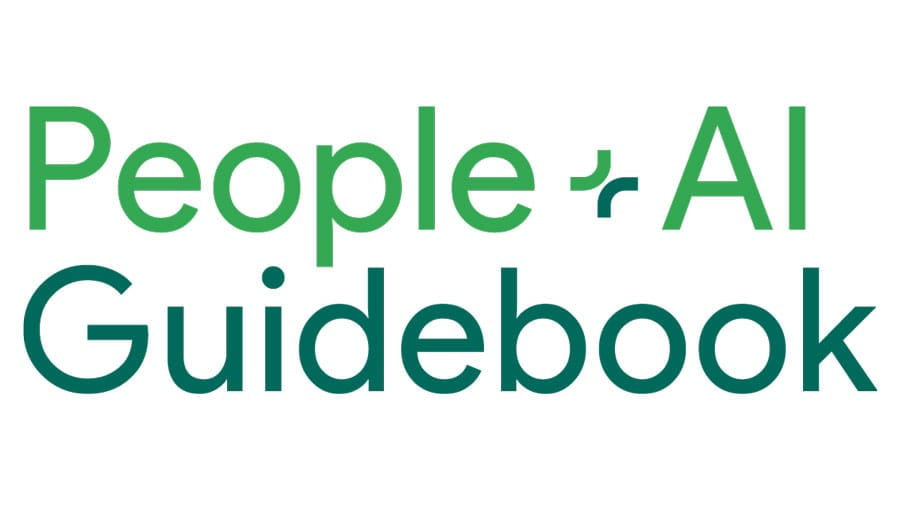

构建和准备数据
使用以下工具检查数据,找出可能存在的偏差。
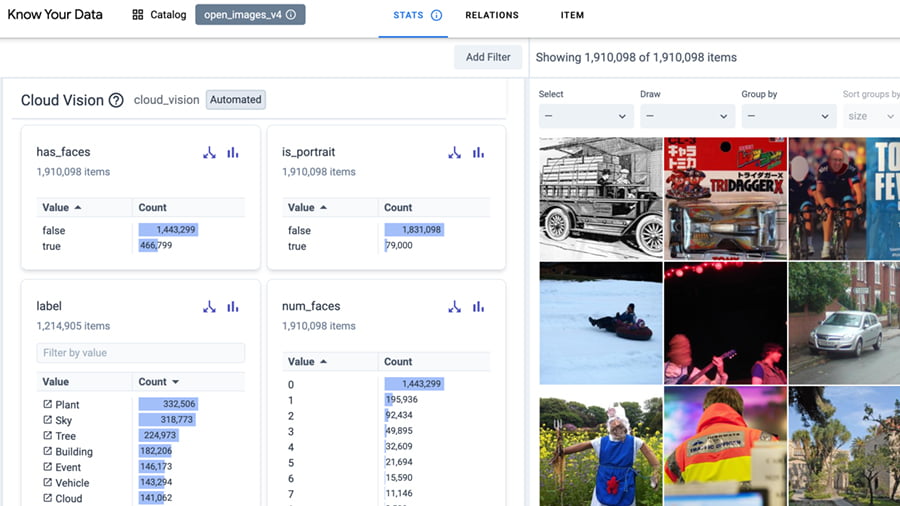
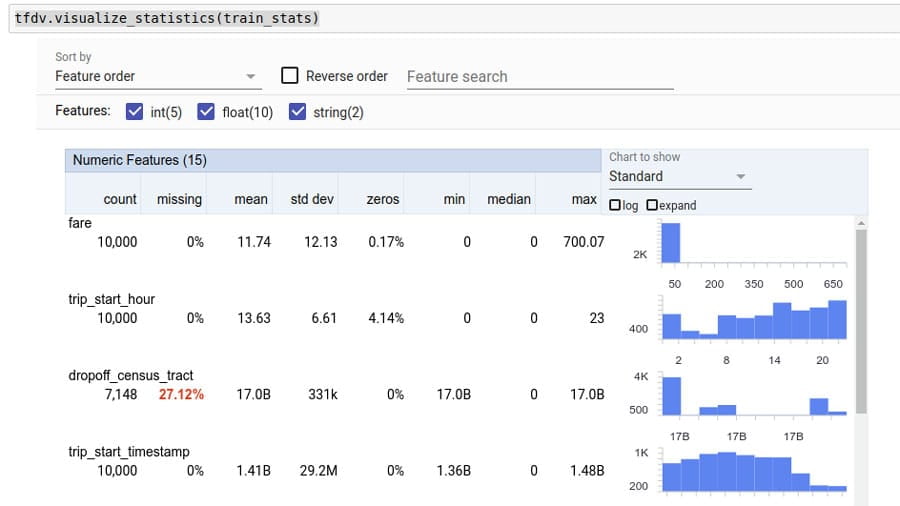

构建和训练模型
使用以下工具来借助隐私保护、可解释的技术等训练模型。
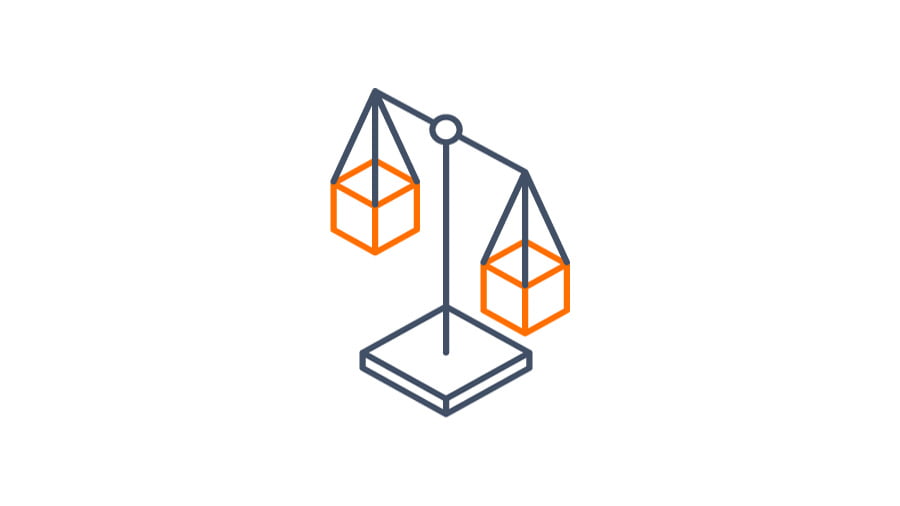




评估模型
使用以下工具调试、评估和可视化模型性能。
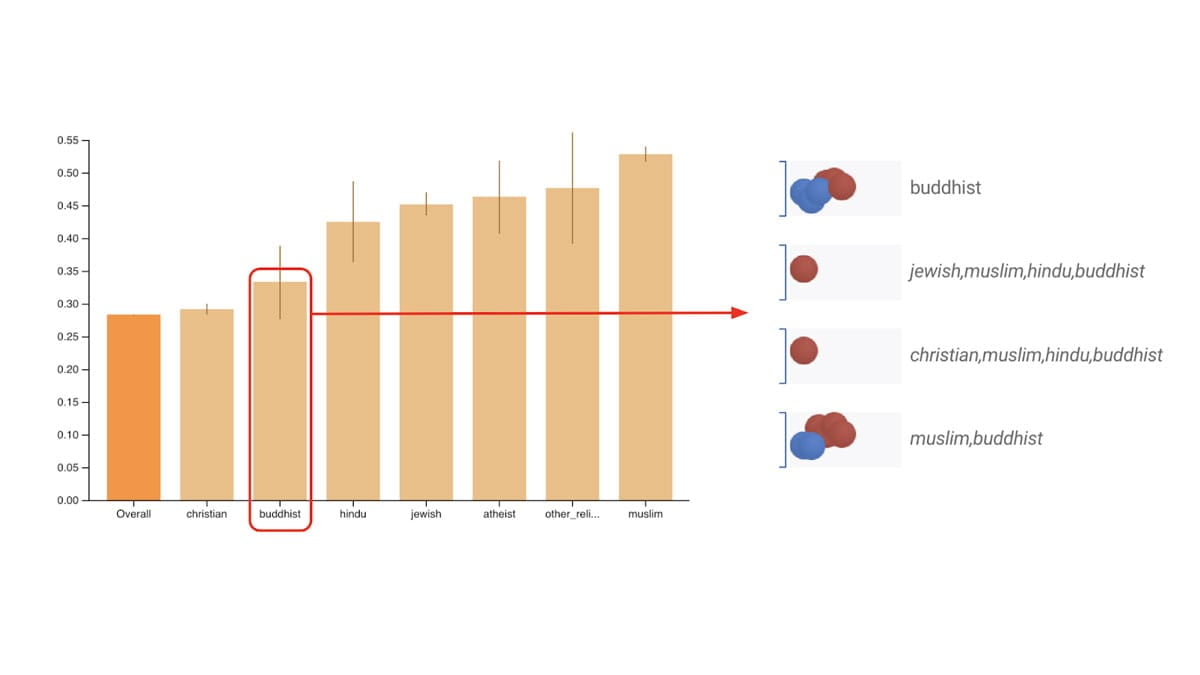
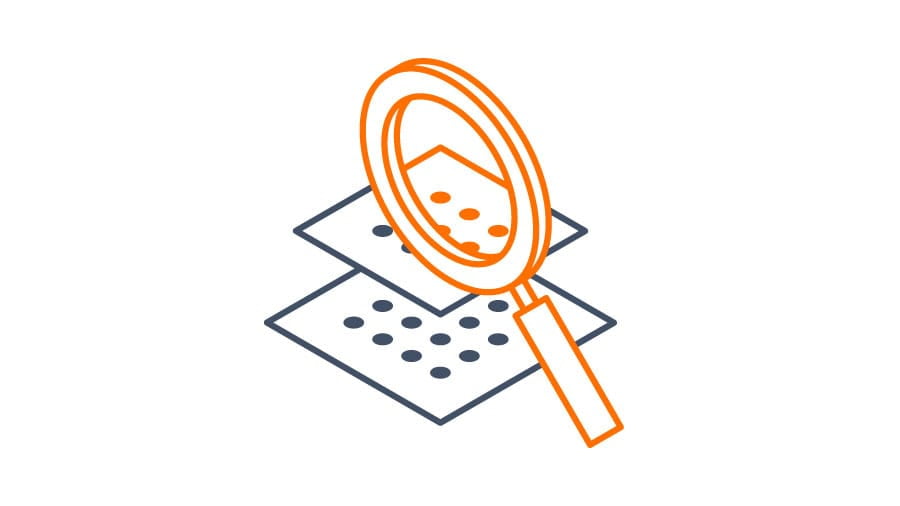
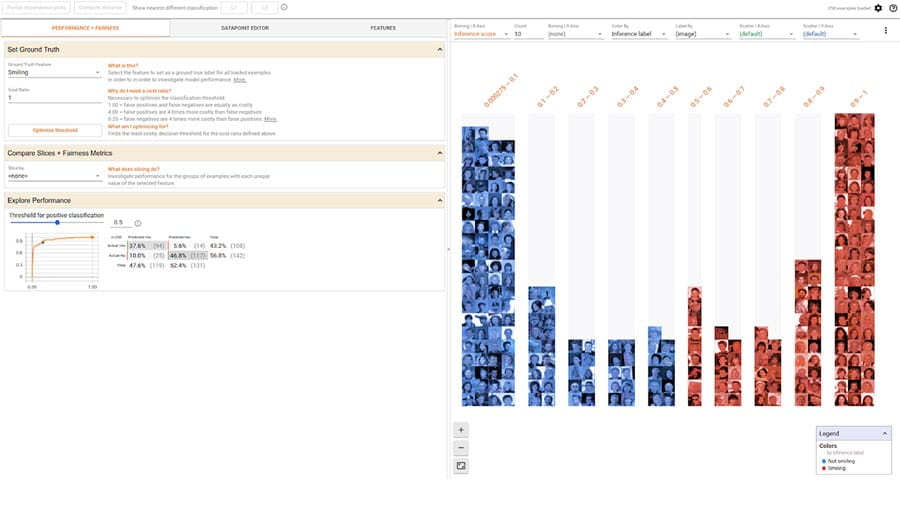
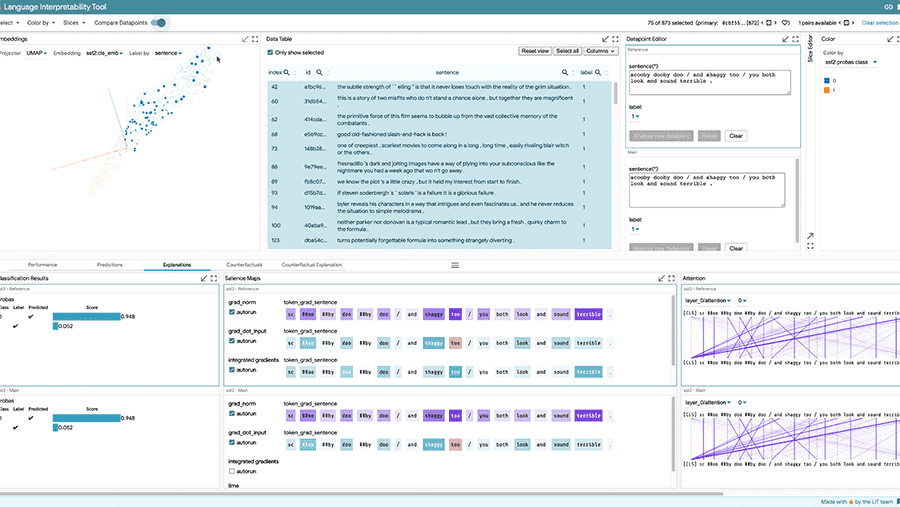


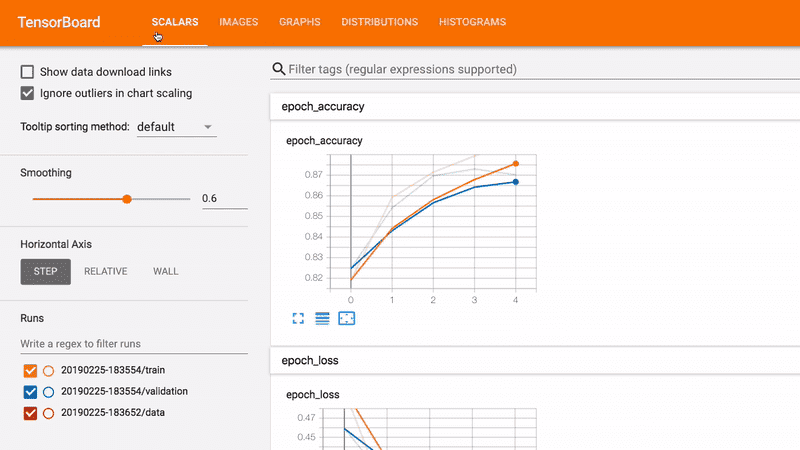
部署和监控
使用以下工具跟踪和记录模型的背景及详细信息。
社区资源
了解社区在做什么,并探索加入进来的方式。

我们要求参与者使用 TensorFlow 2.2 构建落实 Responsible AI 原则的模型或应用。欢迎访问资源库,查看获奖项目及其他精彩的项目。



